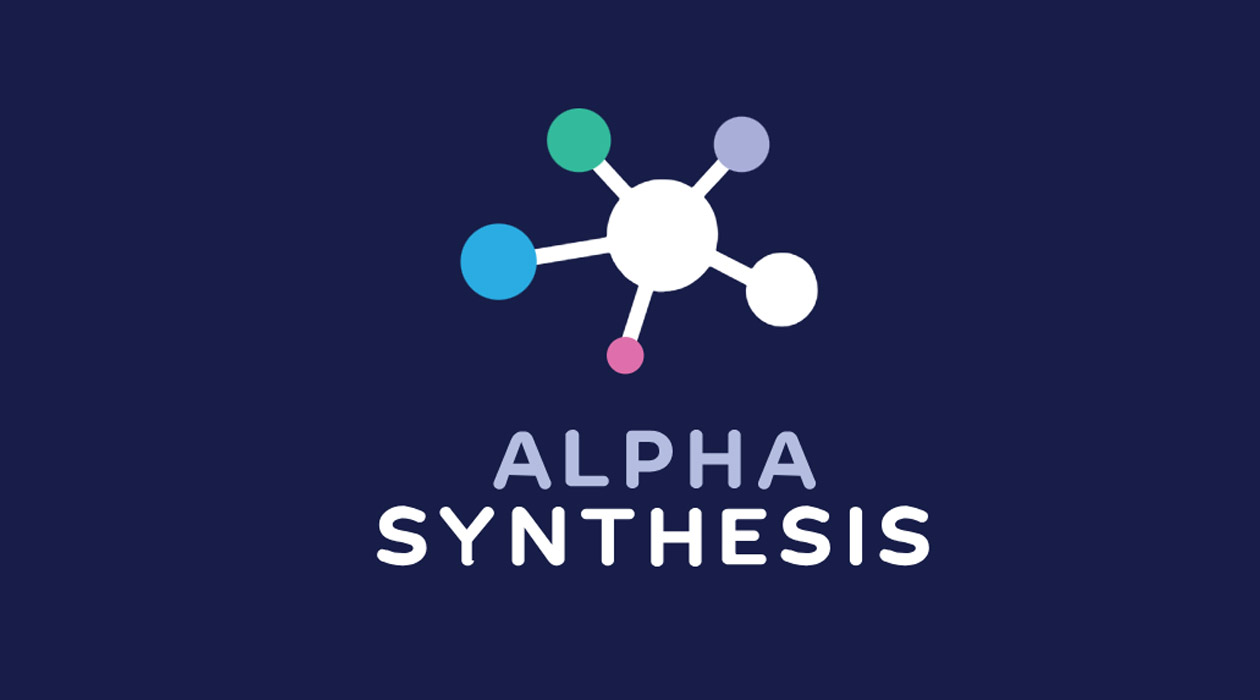Molecule Maker Lab Institute unveils upgrades to AlphaSynthesis platform

The NSF Molecule Maker Lab Institute, hosted by the University of Illinois Urbana-Champaign, is a cutting-edge research institute focused on advancing the creation and study of molecules using AI and machine learning. Researchers at the institute combine expertise in chemistry and biology with advanced tools to accelerate the discovery and manufacturing of important molecules, such as those used in therapeutic drugs. Recently, MMLI unveiled two new tools and a significant upgrade to an existing tool in the AlphaSynthesis suite, further enhancing researchers’ ability to synthesize functional molecules.
AlphaSynthesis is an MMLI platform offering click-and-go tools with a user-friendly interface, aimed at integrating knowledge of molecules and molecular synthesis across publicly available databases and publications. The suite currently includes two AI tools developed over the four years since the institute’s inception: Contrastive Learning enabled Enzyme ANnotation (CLEAN), which can accurately predict enzyme function based on amino acid sequences, and ChemScraper, which can extract chemical structures of molecules from publication texts. The suite also includes Molli, an online tool for creating catalysts and extracting features from molecules.
“A key deliverable of the institute is to develop new AI tools that enable highly efficient discovery and synthesis of important molecules,” said Huimin Zhao (BSD leader/CABBI/CGD/MMG), Steven L. Miller Chair of Chemical and Biomolecular Engineering and Director of MMLI. “We’ve designed a variety of AI tools in the AlphaSynthesis suite as an end-to-end pipeline for molecular discovery and synthesis.”
Among the newly announced AI tools is NovoStoic, which uses a computational procedure to plan enzymatic synthesis routes for creating a target molecule. Many molecules of interest are derived from microorganisms that have enzymes or gene clusters necessary for their creation. NovoStoic leverages this by determining the specific biochemical steps needed to generate the desired molecule using enzymes or microbes, optimizing the process, said Zhao.
Another new tool is Somn, which uses a machine learning model to optimize chemical reactions, by improving catalysts and predicting the best conditions for the desired reactions to occur. Zhao explained the model specifically predicts the appropriate ligands, solvents, and bases that are needed for creating target molecular reactions.
The new suite also includes updates to Chemscraper. Now the AI tool not only extracts and creates chemical structures from text, such as articles or books, but it can also mine the literature for figures of chemical diagrams. Zhao explained that the tool can also create 3D chemical structures based on these images, allowing researchers to visualize the details of the structures.
These advancements mark a significant leap forward in the field of molecular innovation, making it easier and faster for researchers to develop new molecules. As MMLI continues to push the boundaries of molecular science, the potential for new discoveries and applications expands, benefiting various fields from medicine to materials science.
